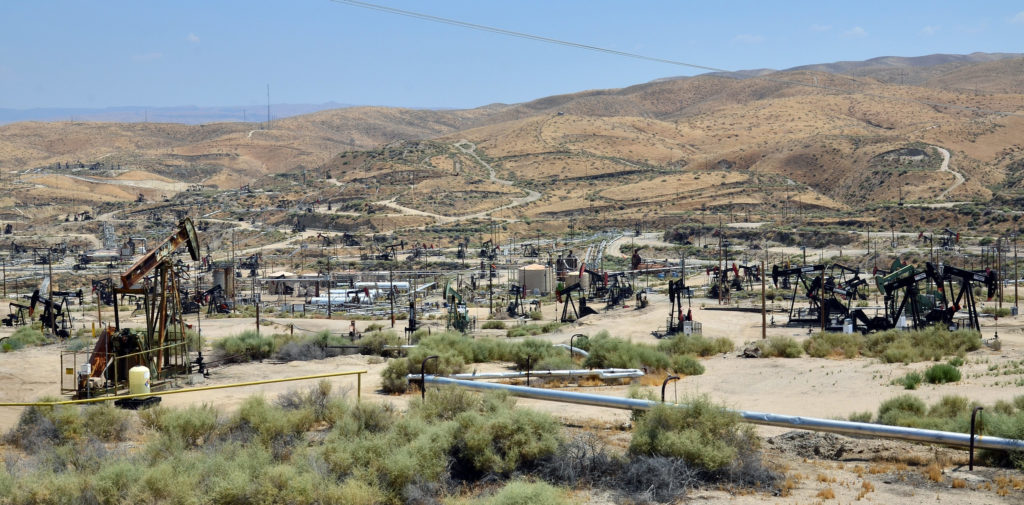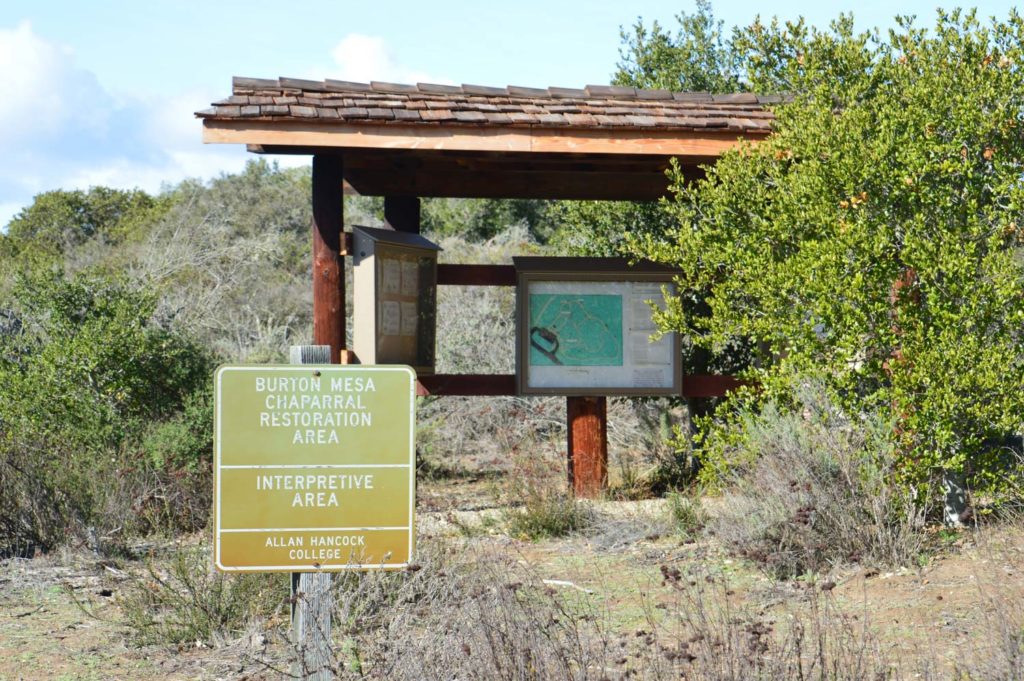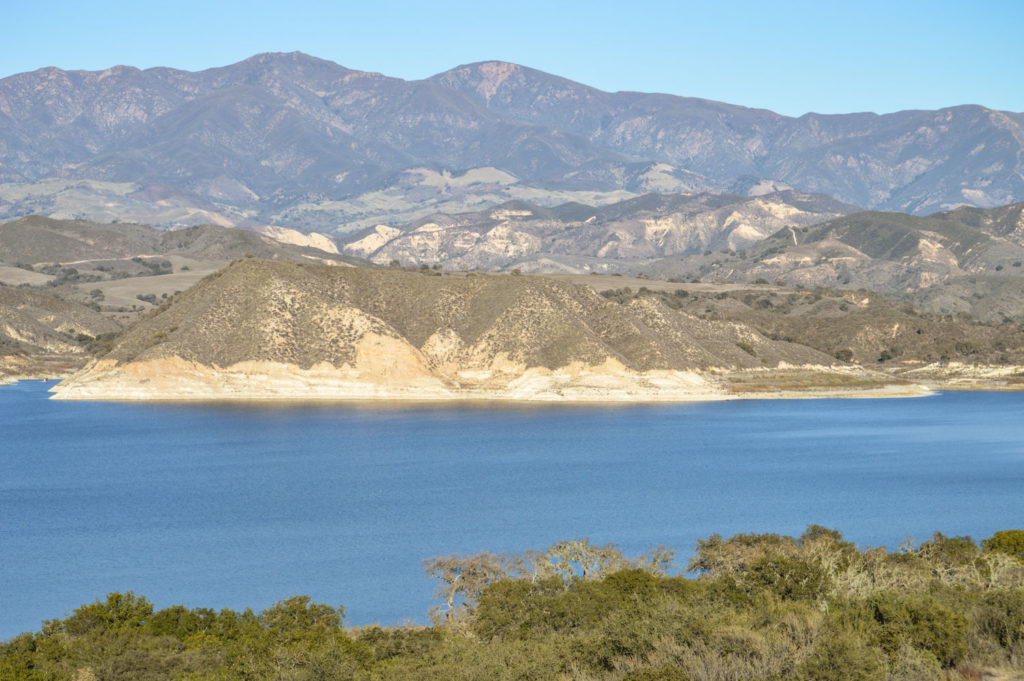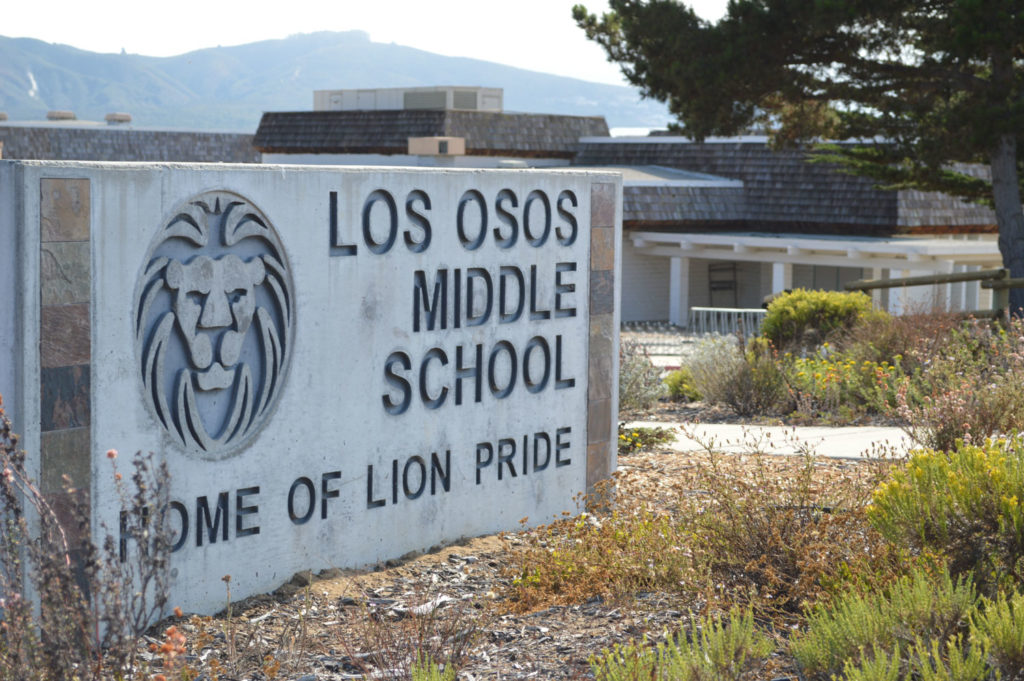Amidst Earth Week celebrations throughout California’s central coast region, the Trump Administration has released a study seeking to open more than one million acres of federal land and mineral estate to fracking and oil drilling. The regional study evaluates the environmental and public health impacts of fracking more than one million acres across nine counties, from Monterey County in the north to Ventura County in the south, and from the coast inland to the southern Sierra Nevada mountain range.
The 45-day public comment period ends on June 10. The BLM has scheduled public hearings for May 21 in Bakersfield, May 22 in San Luis Obispo, and May 23 in Santa Barbara.

More than 8,000 people submitted letters during the initial comment period last year, most of which were opposed to new drilling and fracking.
The study is the first step in opening iconic landscapes to fossil fuel development. Areas of concern include parcels in and adjacent to national parks, national monuments, and national forests; state parks and ecological reserves; local parks and nature preserves; cities and schools; and farms and vineyards.
Some of these lands are owned by the BLM, while others are known as “split estate” parcels where the BLM owns the underlying mineral rights and the surface is owned by another entity. Under federal law, once its study is complete, the BLM can auction off the drilling rights to these parcels for as little as $2.00 per acre, possibly giving oil companies the right to construct roads, oil wells, pipelines, and other infrastructure on federal and private land.

ForestWatch has posted the BLM’s GIS data on an easy-to-use interactive map showing the parcels open for drilling and fracking.
“This plan is a direct attack on some of the most iconic landmarks throughout the Central Coast region,” said ForestWatch Executive Director Jeff Kuyper. “Drilling and fracking would irreparably change these places that have been set aside for their outdoor recreation opportunities, wildlife habitat, and scenic views.”
The BLM is accepting comments on its study of drilling and fracking until June 10. The public can submit comments to BLM via an easy on-line portal at LPFW.org/fracking or directly through the BLM’s website.
“County residents are concerned about the impacts of drilling and fracking near our region’s most treasured forests, wildlife refuges, national monuments, nature preserves, and trails,” said ForestWatch Public Lands Advocate Rebecca August. “We need to tell the Trump administration loud and clear that we’re not willing to pollute and industrialize these iconic landscapes.”
Background
On August 8, 2018, the Trump Administration launched a 30-day public comment period on a study of environmental and public health impacts of hydraulic fracking in central California. The move was the first step in a process to whether to allow the controversial oil extraction technique across 1.6 million acres of federal public land and mineral rights in Santa Barbara, Ventura, San Luis Obispo, Kern, and neighboring counties.

The fracking study was prompted by a 2015 lawsuit filed by Los Padres ForestWatch and the Center for Biological Diversity, represented by Earthjustice. The lawsuit alleged that the Bureau of Land Management (“BLM”) failed to consider the impacts of fracking as part of the BLM’s update of its Resource Management Plan for federal lands within the jurisdiction of the agency’s Bakersfield Field Office.
The groups prevailed in 2016 when a federal court ruled that BLM failed to adequately analyze the impacts of fracking on the lands they planned to lease. The U.S. District Court for the Central District of California, based in Los Angeles, ordered the agency to evaluate those impacts in a supplemental Environmental Impact Statement. In a settlement agreement with ForestWatch and the Center, the BLM agreed to not issue any new leases for oil drilling in the region until the supplemental report was complete.
The release of the Draft Supplemental Environmental Impact Statement—and the accompanying 45-day comment period—are in direct response to the judge’s order and subsequent legal agreement. At the conclusion of the analysis, the BLM may consider amending its management plan to impose additional restrictions on fracking that would apply on some or all of the 1.6 million acres of land currently open for new oil leasing.

The analysis covers 400,000 acres of federal land and an additional 1.2 million acres of federal mineral estate, including thousands of acres adjacent to the Los Padres National Forest, Carrizo Plain National Monument, Hopper Mountain and Bitter Creek National Wildlife Refuges, and the Wind Wolves Preserve.
Hydraulic fracturing—commonly known as “fracking”—is a process whereby water, sand, and thousands of gallons of chemical additives are injected underground to break apart rock formations and stimulate the extraction of oil and gas. The technique has come under increasing scrutiny from scientists, regulators, and the public due to concerns with groundwater contamination, surface water pollution, water consumption, and public health. Hundreds of fracking chemicals are known to be toxic to humans and wildlife, and several are known to cause cancer, according to several peer-reviewed studies by scientists and state regulators. A 2015 report from the California Council on Science and Technology highlighted these risks.







Comments are closed.